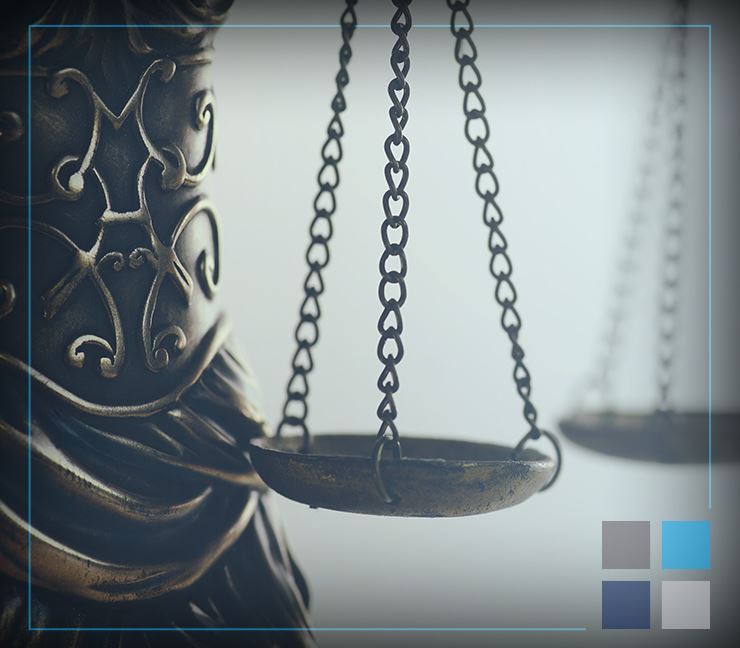
A Primer on California’s Pure Comparative Fault System
In any tort litigation, and particularly in multi-party litigation, the allocation and apportionment of liability may be more complex than expected. Over time, different jurisdictions have established varying principles regarding the equitable allocation and apportionment of fault in any given tort litigation. Historically, jurisdictions have been split among two primary systems, namely, (1) comparative negligence and (2) contributory negligence.
Comparative Negligence v. Contributory Negligence
Though there are different variations of the comparative negligence system, as explained further below, a comparative negligence system allows all parties to recover damages but limits the amount of recovery based on that party’s percentage of fault for the subject incident. On the contrary, the stricter contributory negligence system bars recovery for a party if they bear any fault in relation to the subject incident. Due to the alleged draconian effect of the contributory negligence system, only five (5) states have maintained this system while the rest of the United States use some form of the fairer comparative negligence framework.[1]
To further add to the complexity of these systems, each comparative negligence jurisdiction varies between pure comparative negligence and partial comparative negligence frameworks. In a pure comparative fault jurisdiction, any party may recover for damages from an accident regardless of their allocated percentage of fault – however, their recovery is reduced by the percentage of fault allocated to that party. Under a partial comparative fault jurisdiction, a party may only recover damages if their allocated percentage of fault is under a set threshold (i.e. 33% or 50%), in which each threshold varies by jurisdiction.
By way of example, assume a plaintiff is rushing through a crosswalk and fails to look both ways before defendant’s vehicle impacts the pedestrian plaintiff. In a contributory negligence system, if the jury deems plaintiff to be even 5% at fault for failing to look both ways, the plaintiff cannot recover any damages for the subject incident—this is true, even when the defendant was deemed 95% liable. With the same scenario in a pure comparative fault system, the plaintiff would still be permitted to recover damages from the incident but her recovery would be reduced by her 5% allocation of fault (i.e. $95,000 recovery for a $100,000 verdict.)
In another example, assume that the plaintiff in the scenario above was jay-walking and the jury allocated her 51% at fault for the subject incident. In a partial comparative negligence system with a 50% threshold, the plaintiff would not recover anything as her allocated percentage of fault was above the set threshold.
California’s Pure Comparative Negligence System
Prior to 1975, California adhered to the stricter contributory negligence system wherein a plaintiff could not recover any damages if they were allocated any percentage of fault for the accident (yes, even 1%). However, in Li v. Yellow Cab Co. (1975) 13 Cal.3d 808, the California Supreme Court abolished the contributory negligence system and established the pure comparative fault doctrine. The Court concluded that the doctrine of comparative negligence is preferable to the “all-or-nothing” doctrine of contributory negligence.
[1] Alabama, Maryland, North Carolina, Virginia and District of Columbia maintain a contributory negligence system.

-
Extensive Business KnowledgeRegardless of the complexity of your case, you can trust that your legal matters will be in competent hands when you turn to Poole Shaffery.
-
Proven Track RecordOur team of accomplished business attorneys has consistently delivered positive outcomes for our clients, resolving complex business matters with skill and expertise.
-
Experience and ReputationPoole Shaffery boasts a team of Santa Clarita business attorneys with strong reputations among judges and fellow lawyers, including AV Preeminent® rated professionals and Super Lawyers® honorees.
